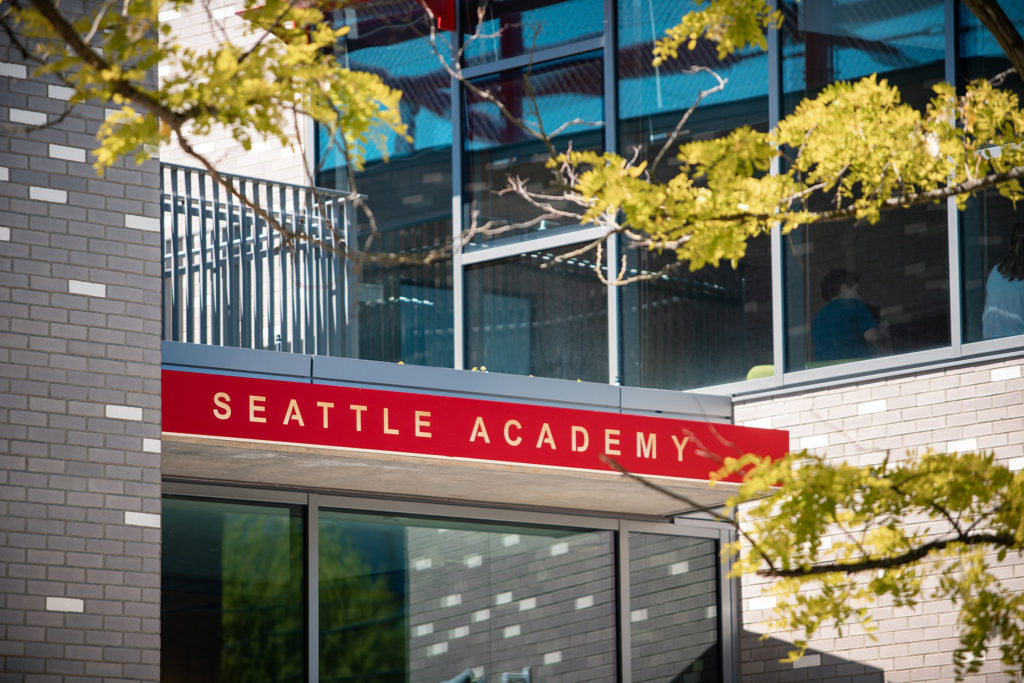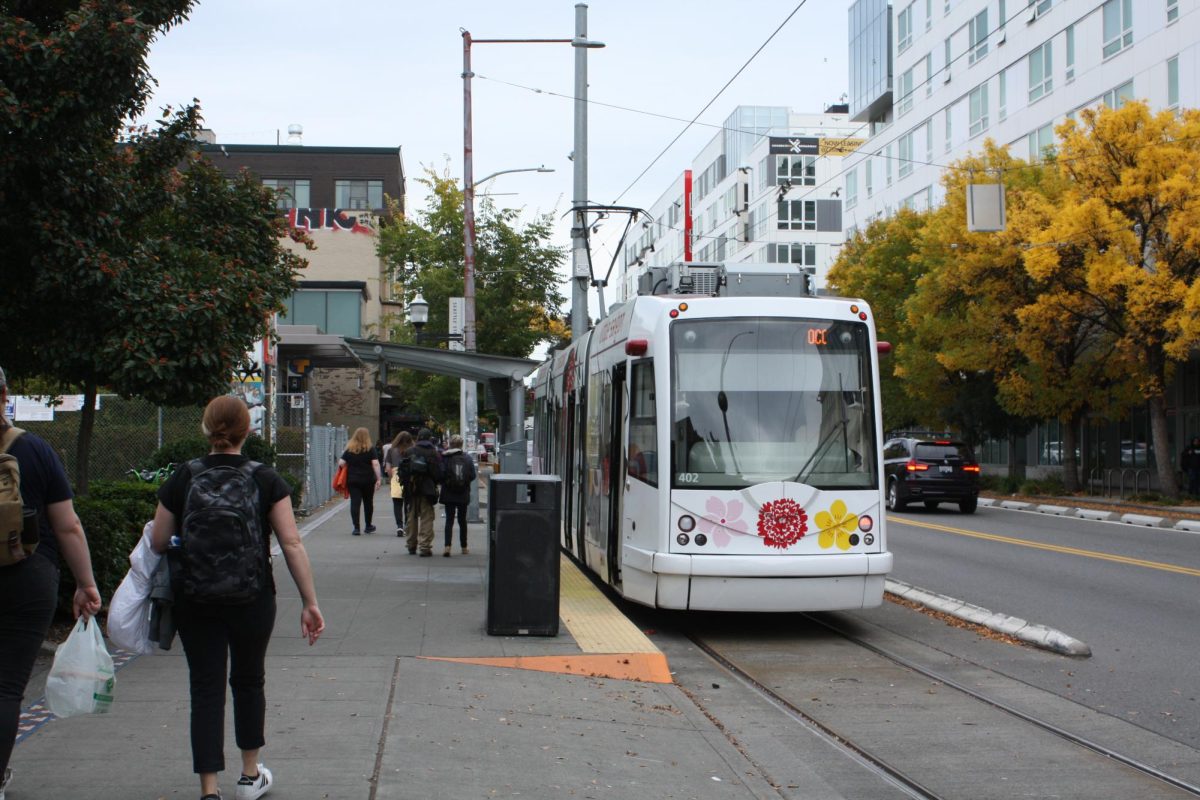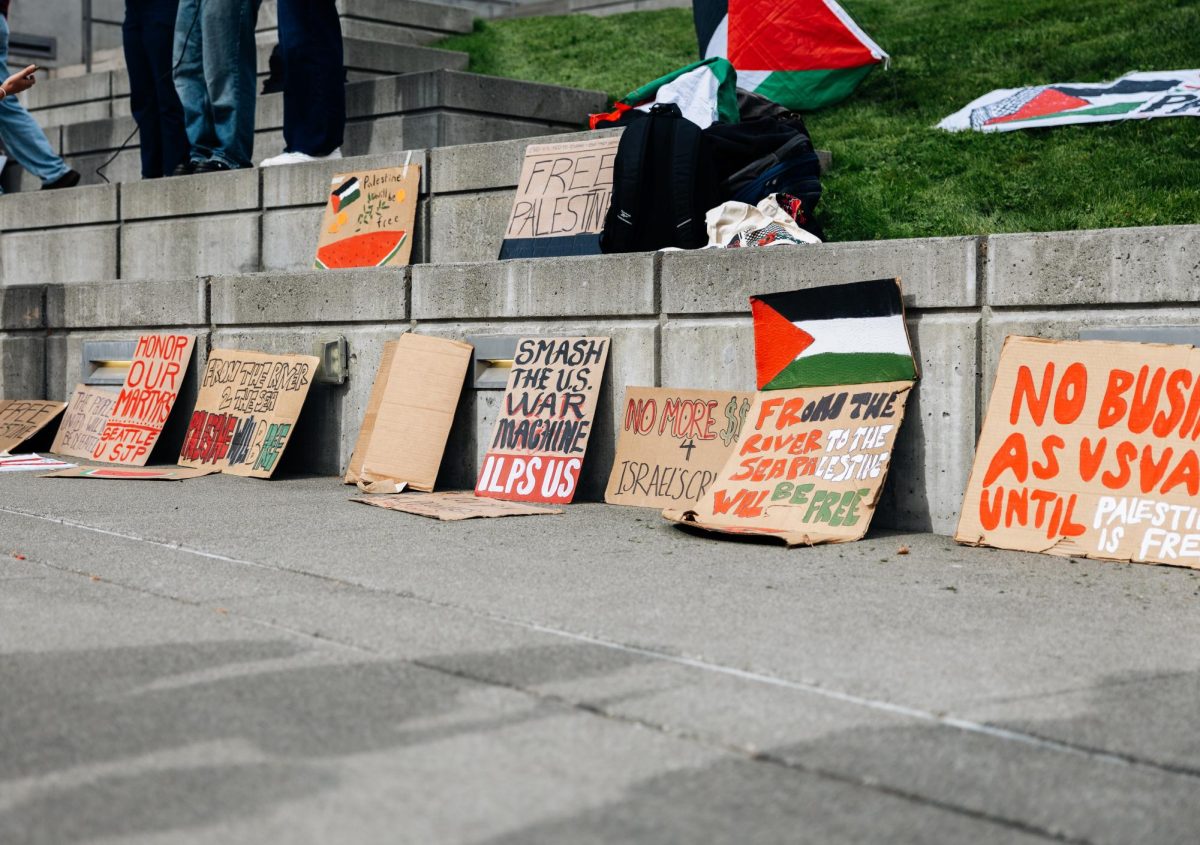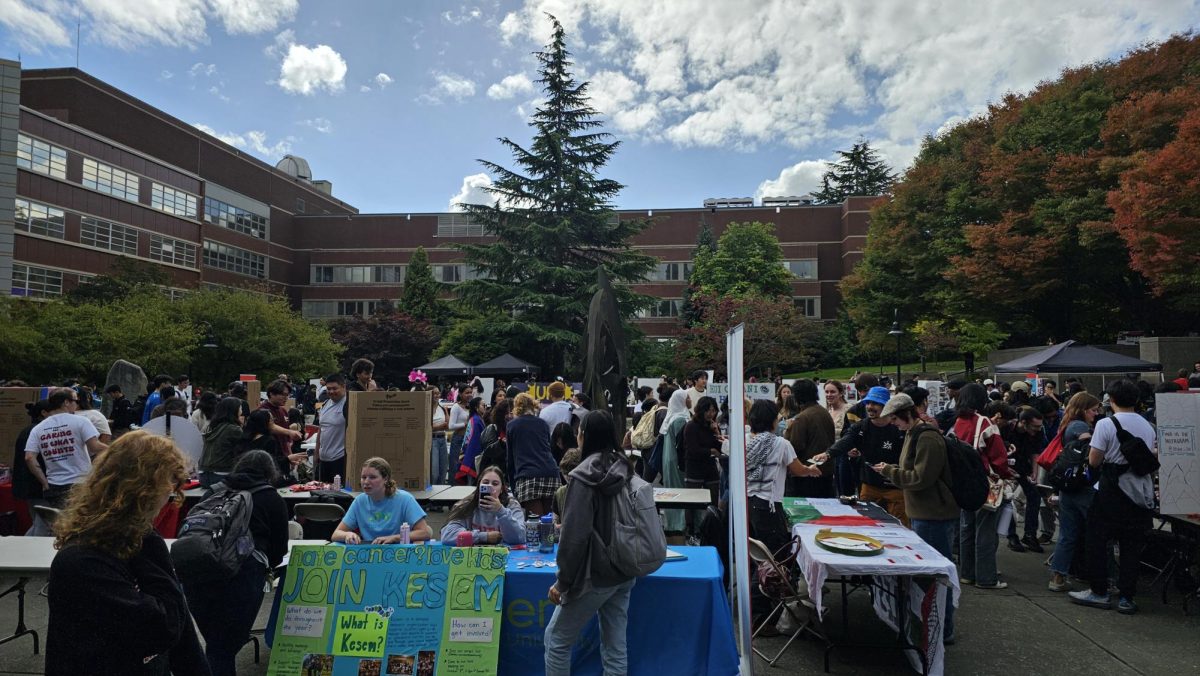Seattle is a city that broadcasts its ability to be diverse, geographically unique, and welcoming. It is this liberal façade that has led to the revamping and revitalization of some of Seattle’s historic neighborhoods.
“Seattle is kind of interesting in the sense that there’s a perfect correlation between being working class and poor and being working class and of color,” Mathieu Dubeau, a University of Washington and Seattle University political science professor, said.
Central District is located in between Seattle and the Tukwila area and has always had larger populations of people of color, but the increasing costs of residential housing and single- family households have displaced many of Seattle’s working class, in favor of affluent white tech workers.
The displacement of these communities has been evident since the 50s and 60s but has become increasingly apparent and detrimental to minoritized groups.
“You had white majorities fleeing to the suburbs and now they’re fleeing back,” Dubeau said.

Seattle Academy of Arts and Sciences, located on the corner of 12th and Madison, has played a big factor in Capitol Hill’s continuous growth in recent years.
Large, wealthy corporations like Amazon are putting more pressure on marginalized communities. These communities find themselves competing with the capital that their wealthy counterparts can offer and the large amounts of wealth that they can generate. Even if these members of marginalized communities decide to sell their houses, there’s no affordable housing going north or west. It isn’t until South Seattle that affordable housing increases, but so does crime and conflict.
“Changing the minimum wage isn’t doing much to change livability and quality of life,” Dubeau said.
Seattle also faces issues involving an increasingly prevalent homelessness crisis. Local resident Latosha Correll said the Central District and Capitol Hill areas have changed dramatically over the past 20 years. She first chose to live in the city, as she wanted to be able to walk to Pike Place Market and ditch her car completely.
“I was blessed enough to do that when we didn’t have the issues we have now,” she said.
Her first apartment not only came with a parking spot, but it cost $600 a month—about one third of her paycheck at the time.
“We just need to get to a place where we can pay a third of our paycheck,” Correll said.
This is not an unreasonable expectation—it would give people plenty of money for the rest of life’s expenses. Correll highlighted just how much the neighborhood has changed economically. The housing prices have increased over sixty percent, a large enough bump to encourage people to start moving away.
“Most of the people I know moved outside the Capitol Hill and Central District areas, most of the people have moved to West Seattle, Beacon Hill, and South Park,” Correll said.
The displacement in affordable housing has vastly changed the city’s culture as well. As little as six years ago, a diverse mix of artists, college students, more LGBTQ people lived in these neighborhoods. Now, it’s morphed into a younger and tech-driven city.
The ways in which people are living has also been largely affected. More and more Seattle residents are investigating communal and alternative living options. Large houses that renters cut up into eight or so rooms are the next best living option to meet a limited budget requirement.
The displacement of these communities further brings health issues, with economic wealth and well-being being the most affected. The links between poverty and poor health show that lack of resources can lead to less treatment for serious illnesses. As well as a lack of attention to mental health services in more marginalized communities.
“When you live in the city, and you’re LGBTQ for example, there are lots of spaces and places that people use to build community and feel safe,” Correll said. “When people get displaced because of gentrification, people move outside of that area and it’s easier to become more isolated and depressed.”
Seattle has faced a surge of gentrification and displacement for years. The biggest problems that stem from this are not solely from affluent corporations and institutions, but a lack of activism from many older, wealthier Seattle residents. Institutions like Seattle University are putting more focus in employing student volunteers for community engagement. Programs located at the Spruce Street Inn and local Boys & Girls Clubs assist vulnerable citizens with mental health issues and marginalized youth of color.
The editor may be reached at
[email protected]











Tonya Williams
Jun 2, 2019 at 9:00 am
For myself I have witnessed the same in Philadelphia. I agree ,the lack of activism is an issue. The lack of representation of these elected officials who are to be the echo ,the voice of these lower income/ poor communities speaks volumes as well. Great article London!
Shomari Jones
Jun 1, 2019 at 8:32 am
This article clearly articulates the systemic transformation that’s serving some in our community well, namely the white and particular Asian communities, and further disenfranchising those, some of the original settlers in the communities highlighted, that identify as Black and Brown.
Well constructed article, London! Looking forward to the next in the series.
Cathy Gearring
May 31, 2019 at 5:55 pm
London! So proud of you. Great article and insight into Seattle’s facade. Live it
Great Aunt Cathy
Great Aunt Judie Jones
May 31, 2019 at 5:25 pm
Very good coverage of changes that have occurred and how people have “evolved” or “moved on” to deal with those changes. I look forward to reading more of your articles.
Informative for an outsider.
I’ll check you out from time to time.
Lynda Evans
May 31, 2019 at 4:27 pm
Great article, it makes you reflect. Great job I look forward in reading more articles from this young author.
Sally Smith
May 31, 2019 at 4:20 pm
Great article- London hit the nail on its head. Her article should go forward to the Mayor and the City Council for action!
Again, great article and I enjoyed reading it.
Phyllis Gearring -Anderson
May 31, 2019 at 3:59 pm
Great article and thought provoking!!
Ray Glenn
May 31, 2019 at 6:25 am
Great article and I know the writer. She is very intelligent, proud to see her published.